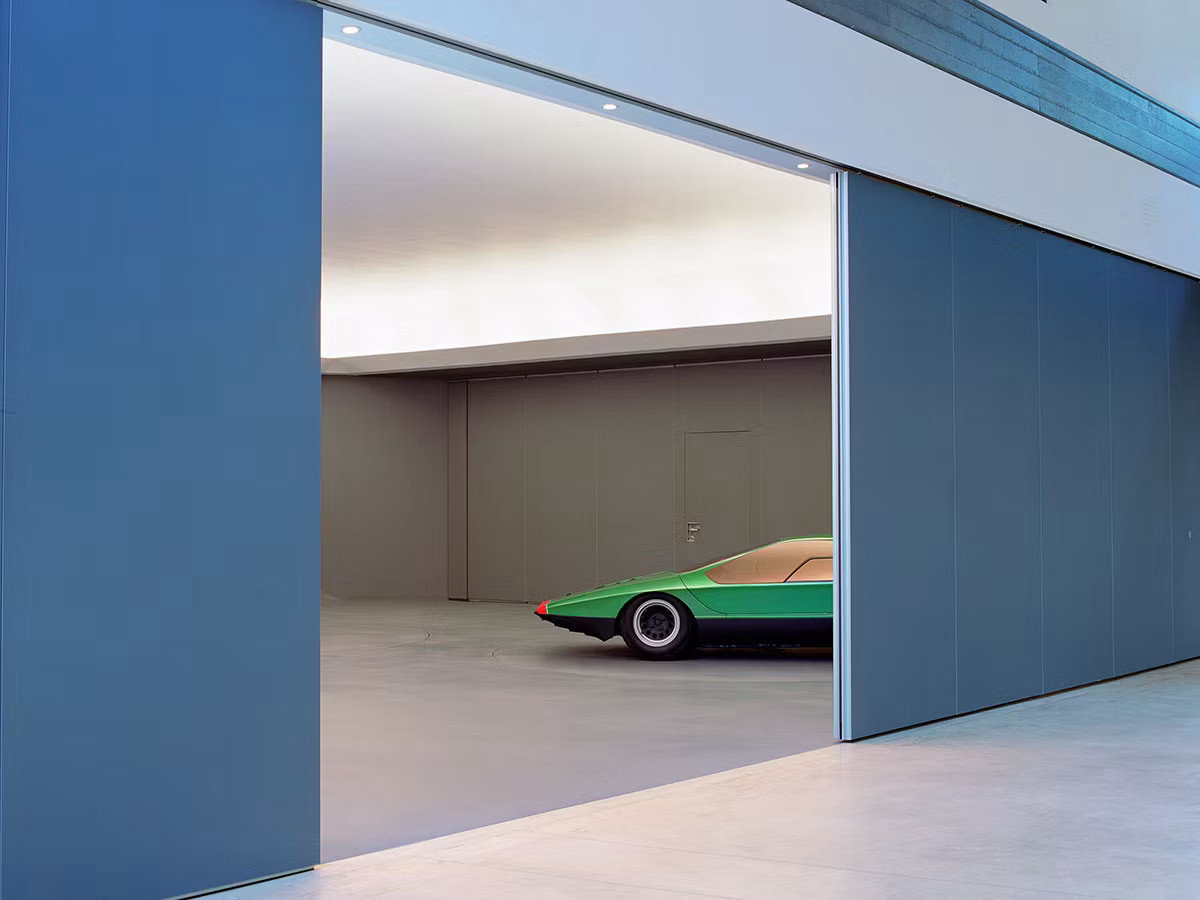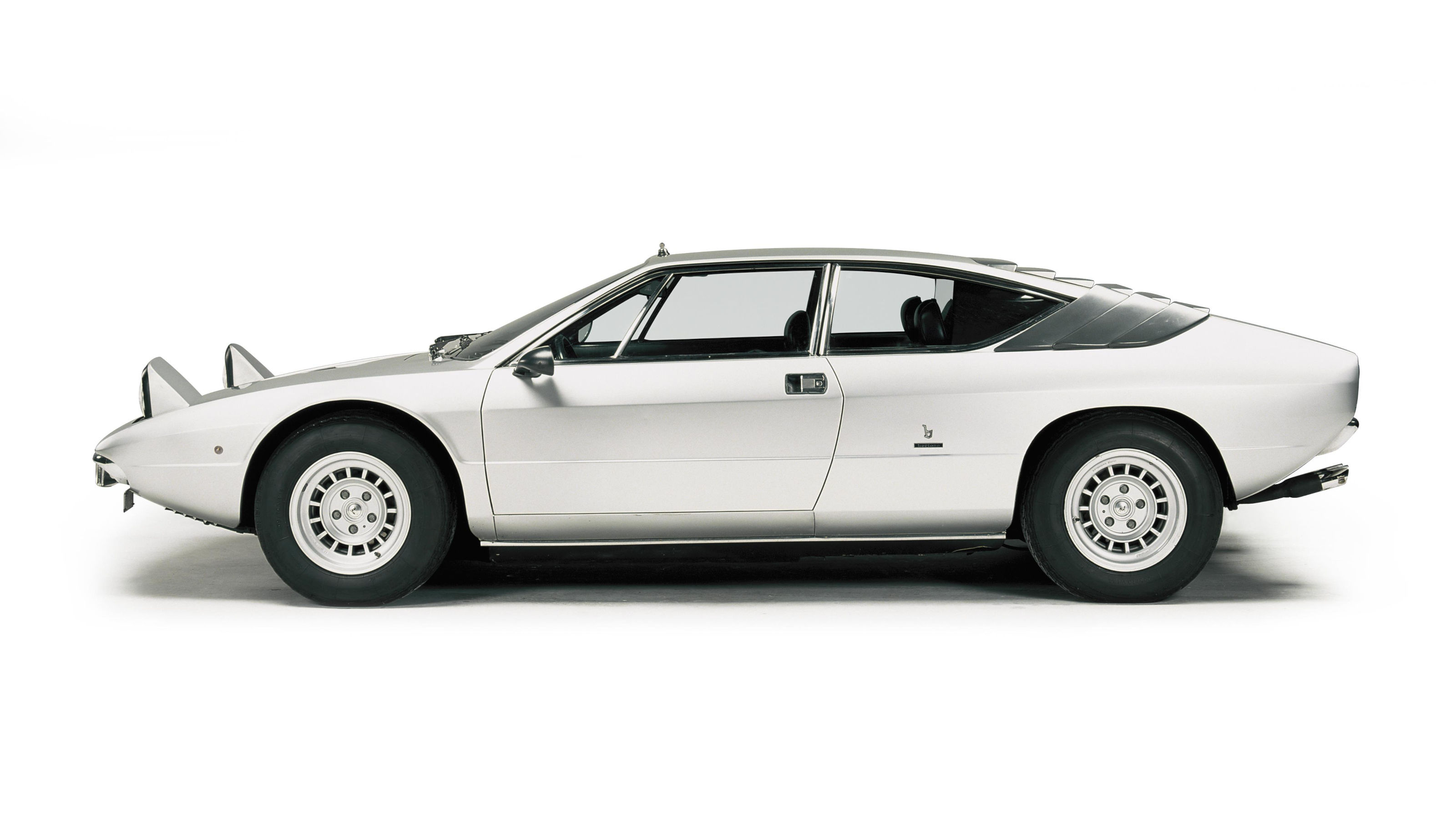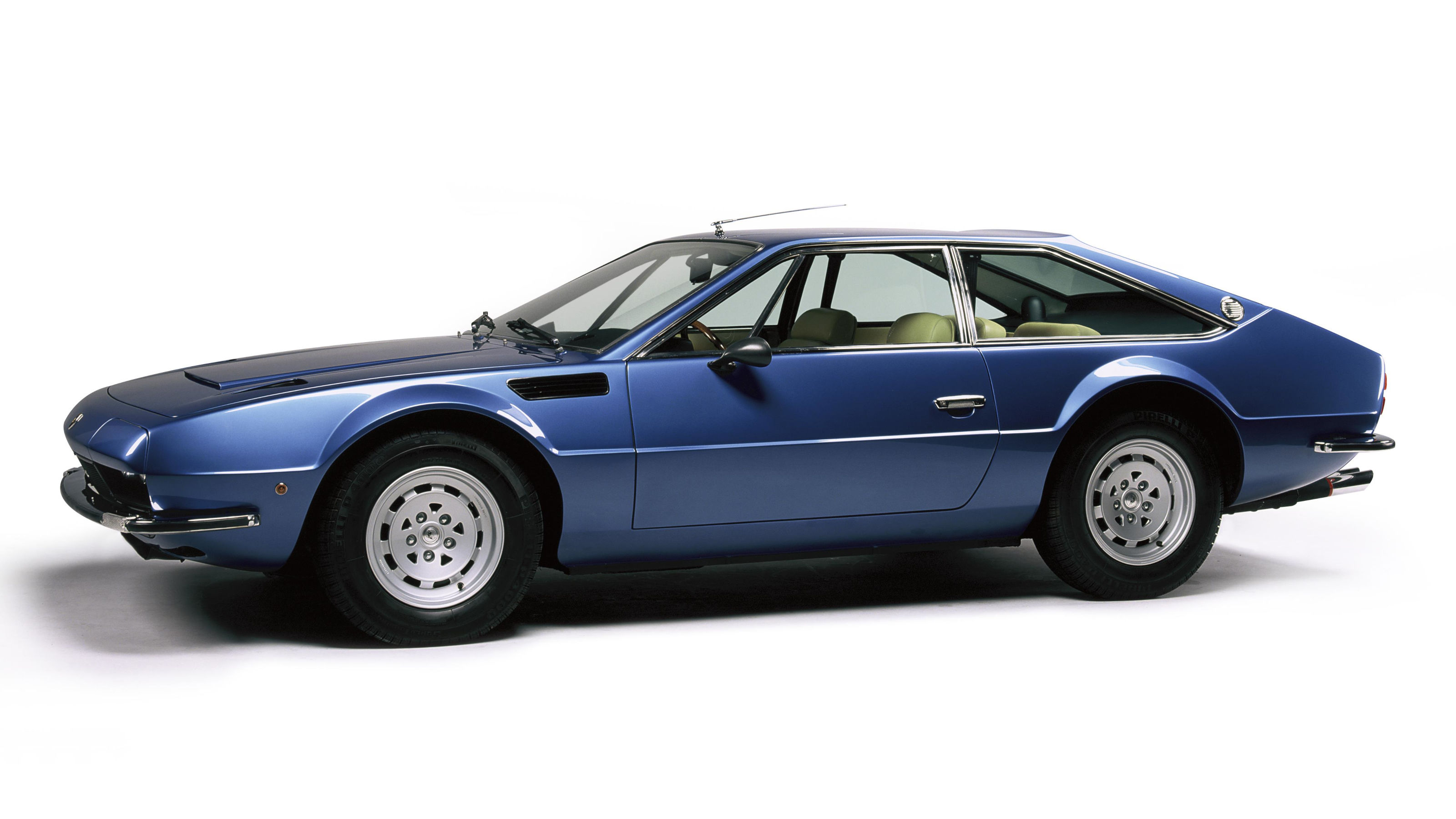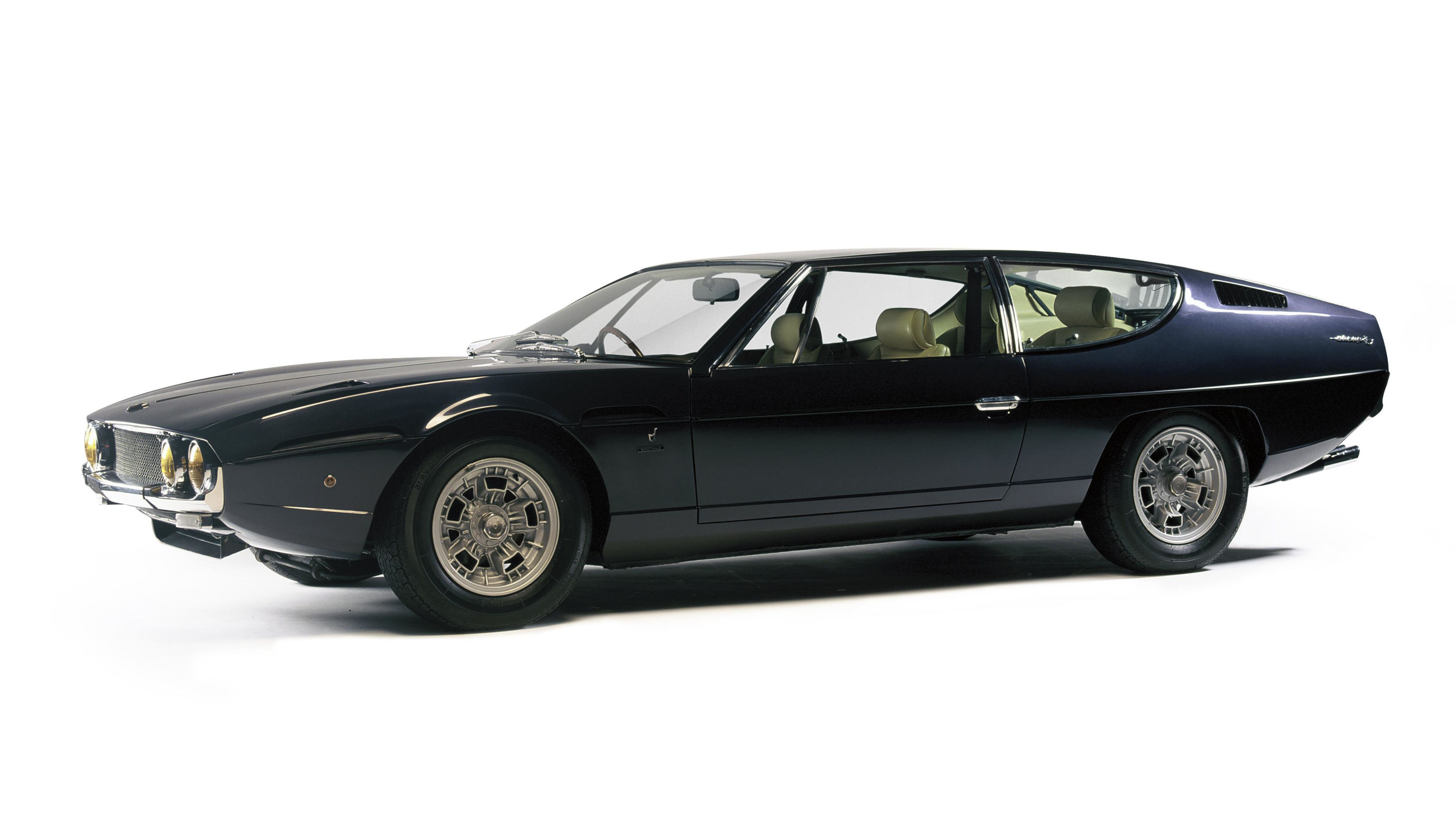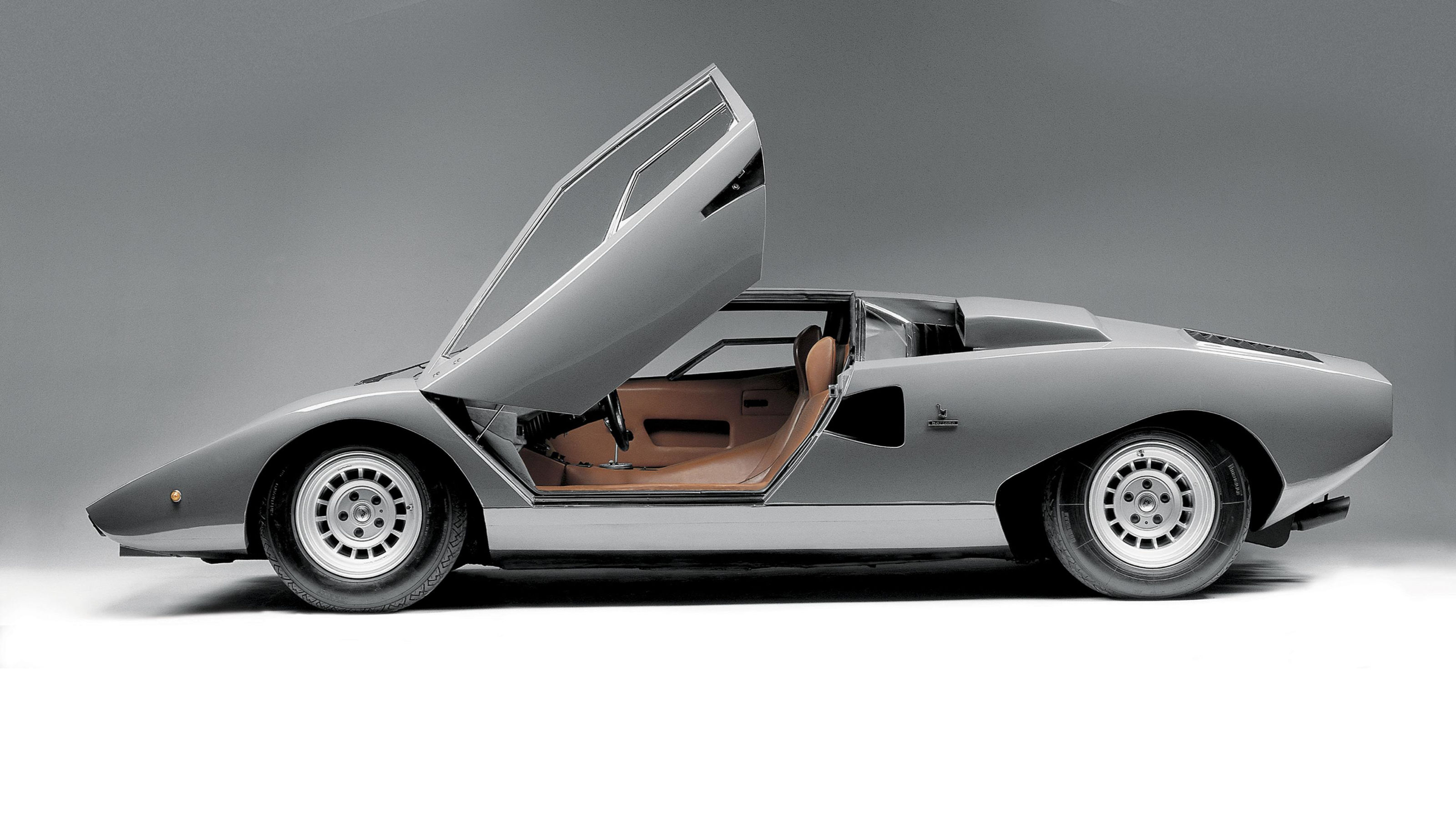
The Italian automotive designer Marcello Gandini has died at the age of 85. Born in Turin in August 1938, Gandini’s name will forever be associated with his work at the design studio of Nuccio Bertone, just outside his home city. He joined the studio in 1965 following the departure of chief designer Giorgetto Giugiaro and oversaw a particularly purple patch in the history of Italian sports car design, under the banner of Stile Bertone.
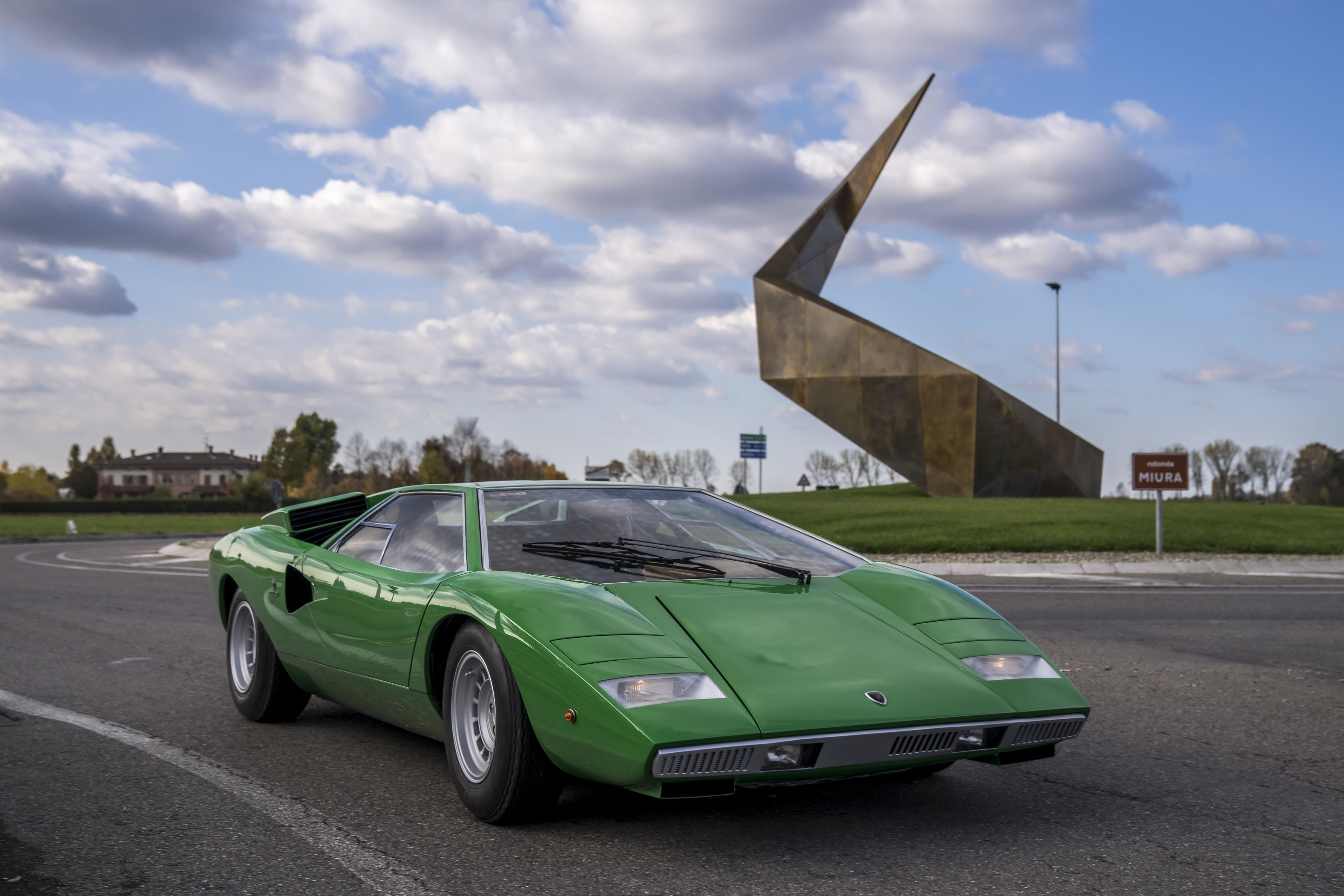
The car that most enthusiasts associate with Gandini is the Lamborghini Countach, presented to the world as the outlandishly low and faceted LP500 concept at the 1971 Geneva Motor Show. Three years later, the production car arrived, and had lost none of its drama. The quintessential supercar, it showed Gandini’s mastery of unadorned angularity, reducing the sweeping curves of previous generations into a tight geometric composition where not a line was wasted.
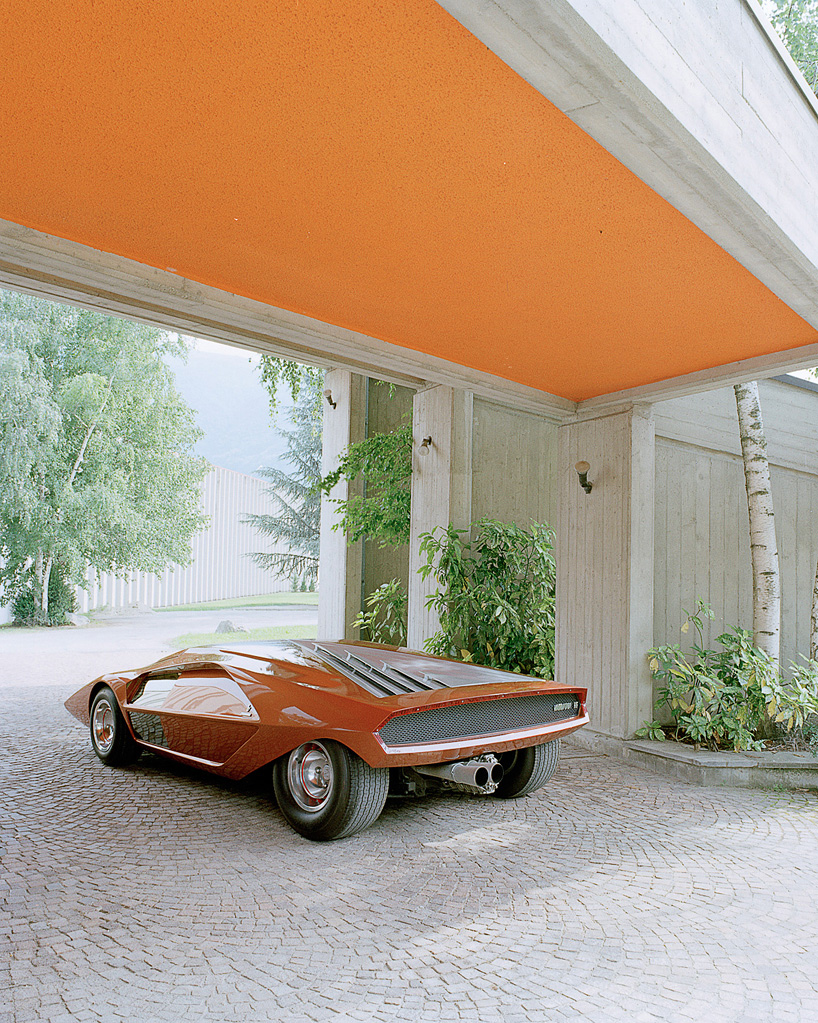
The Countach wasn’t the designer’s first exploration of this aesthetic. It was preceded by the 1970 Lancia Stratos Zero, an even more forbidding wedge-shaped concept that never made it into production. Gandini also oversaw the very different car that ultimately bore the Stratos name, built by Lancia as a road and rally car from 1973 to 1978.
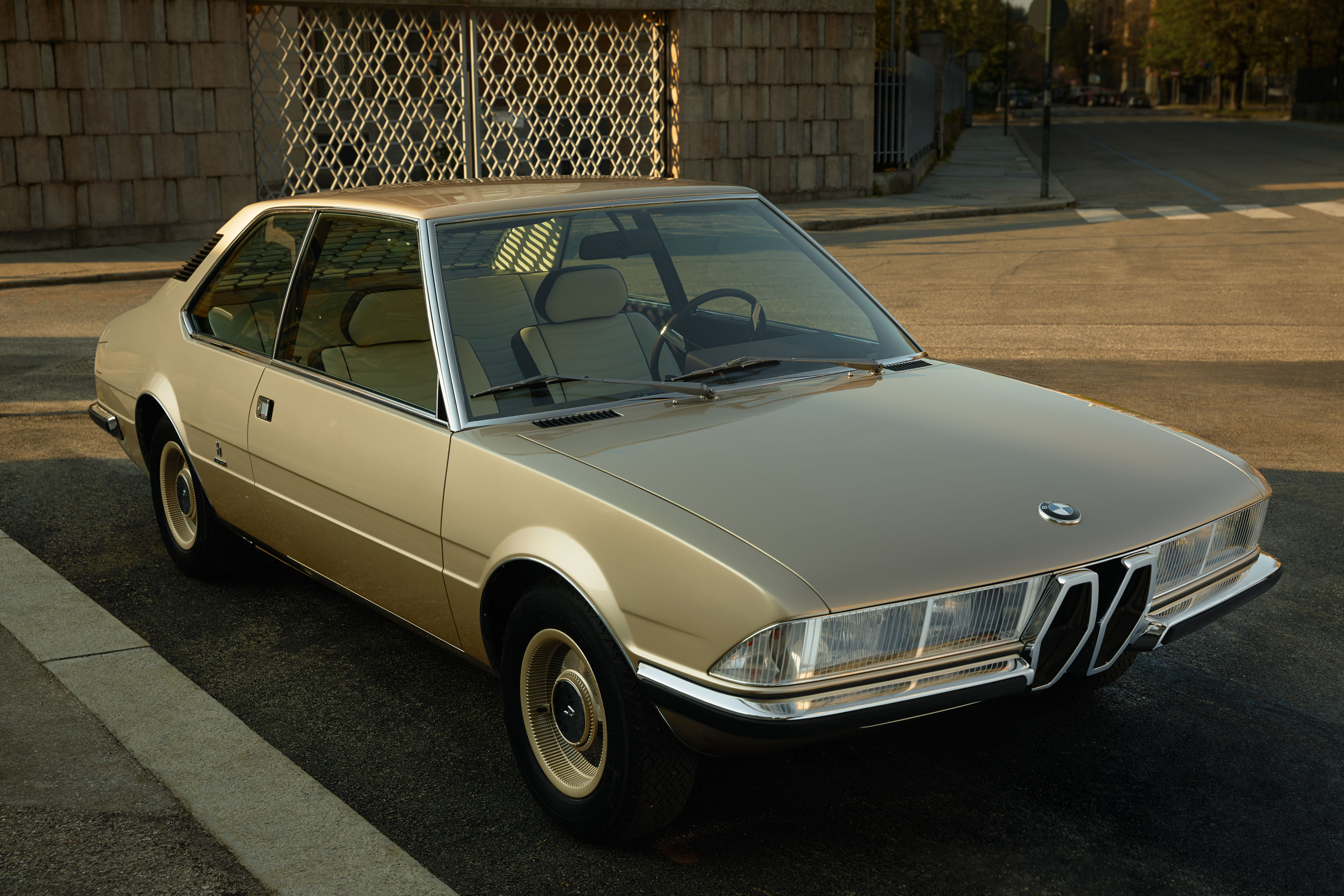
It wasn’t all about supercars. 1970 also saw the debut of another concept, the BMW Garmisch, recently lovingly recreated by a company that recognised its influence on the form of its 1970s-era saloon cars. Other more prosaic models given the Bertone/Gandini treatment include the boxy Fiat 132 and the space age-Citroën BX, over two million of which were built from 1982 to 1994.
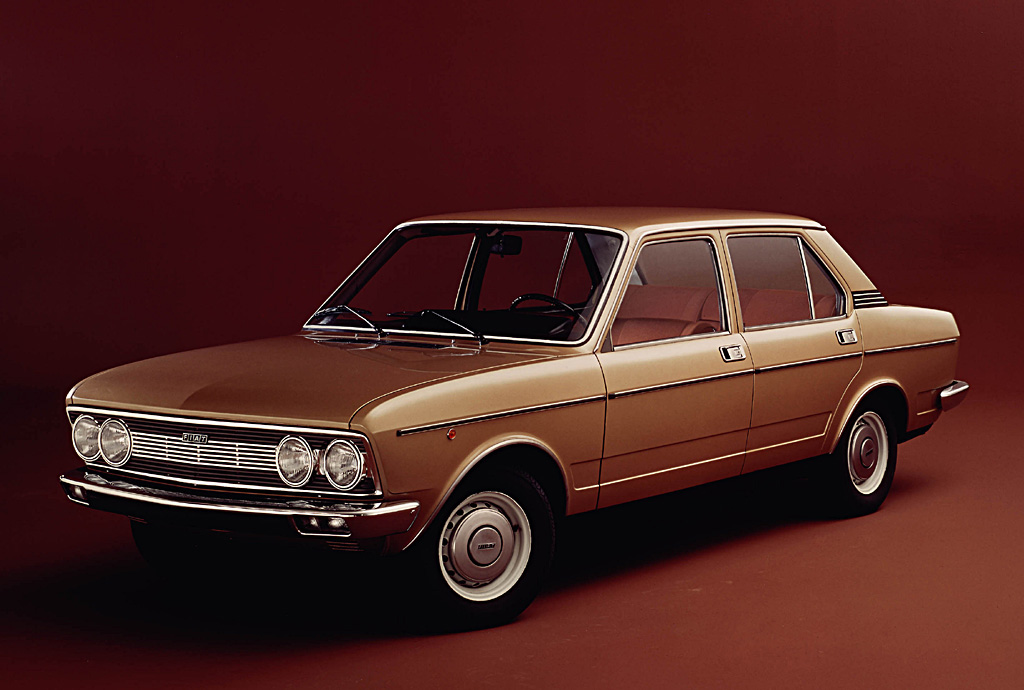
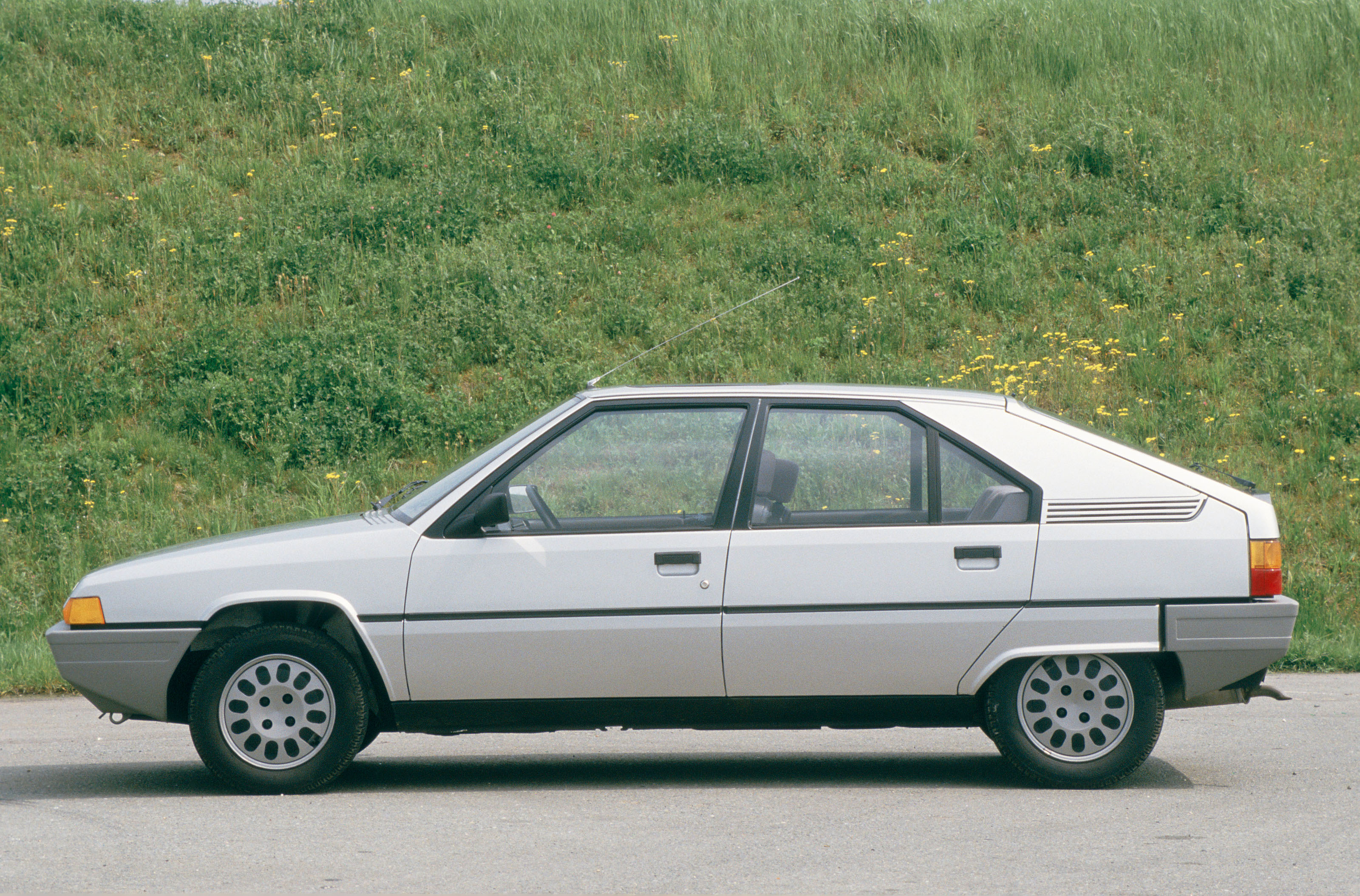
Sports cars, however, were most likely to get the Gandini touch. Before the Countach, he had overseen the design of its predecessor while at Bertone, the Miura. Still regularly considered to be one of the most beautiful cars ever made, the mid-engined Miura was completed in record time to be shown at the 1966 Geneva show – developed so fast that its proposed V12, designed by former Ferrari engineer Giotto Bizzarrini, didn’t actually fit into the prototype. Show visitors were none the wiser.
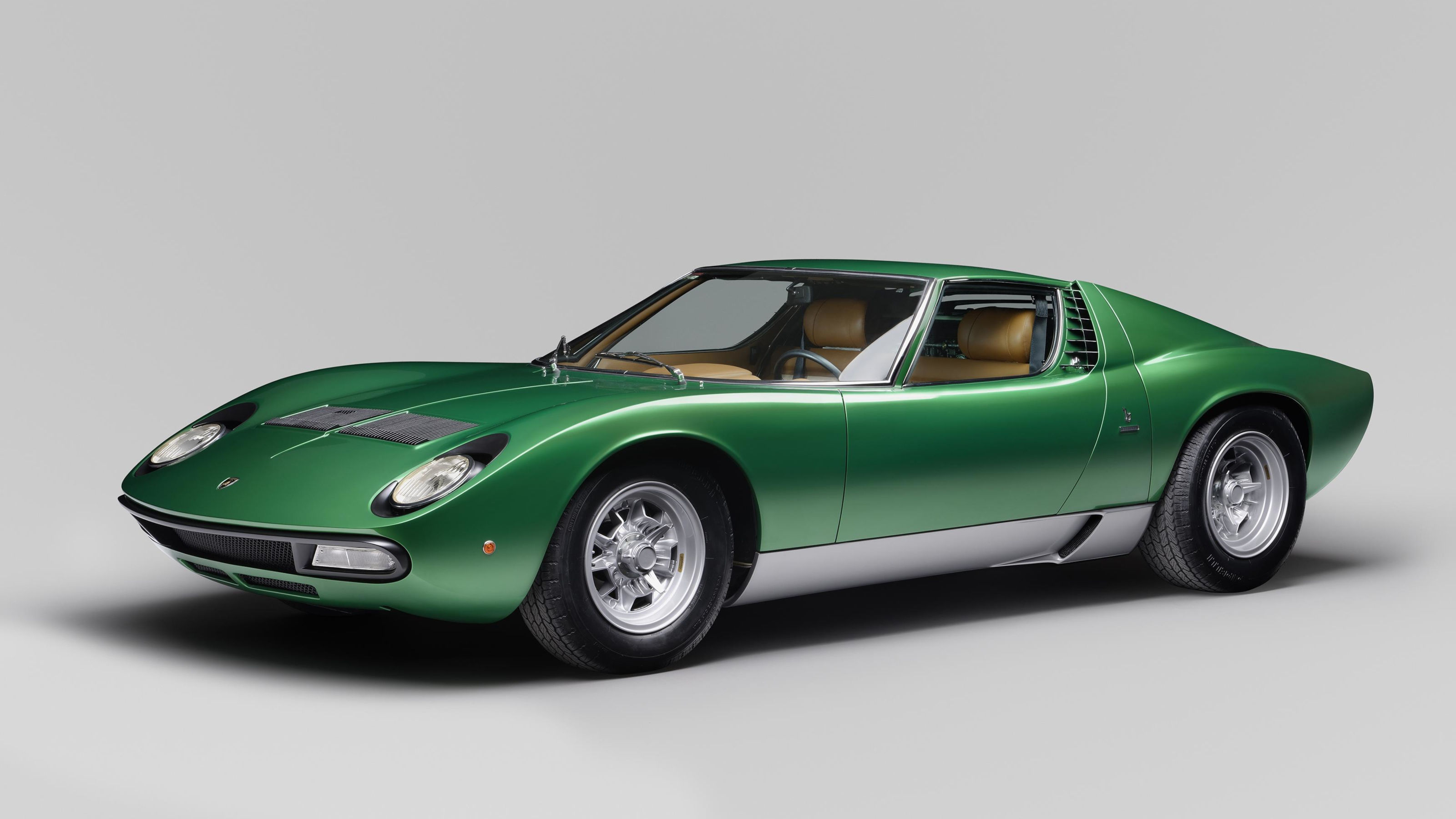
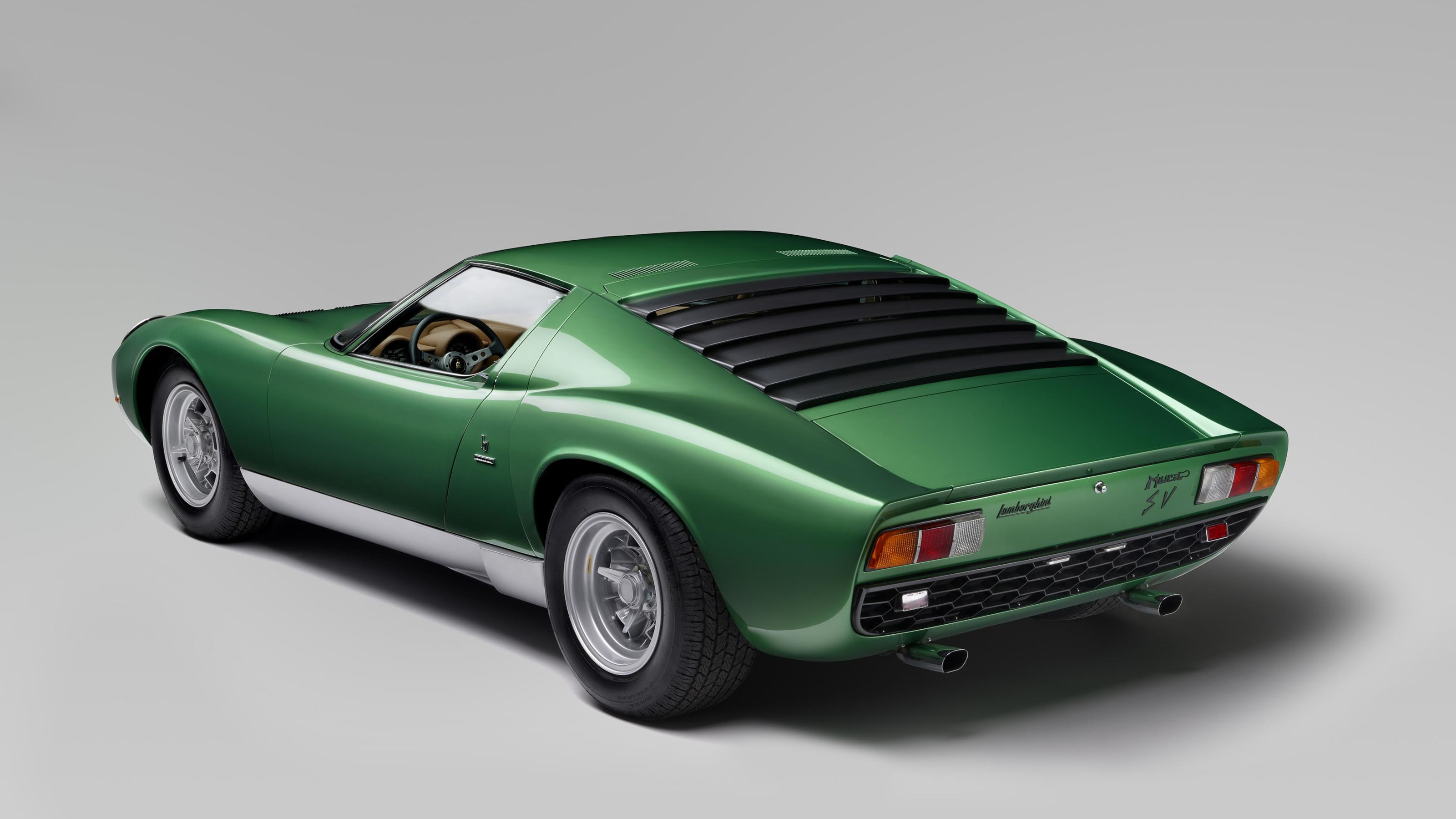
Other icons include the Alfa Romeo Montreal, both in concept (shown at Expo 67 in Montreal) and production form, the butch Renault 5 Turbo, the Ferrari Dino 308/GT4, the Maserati Khamsin and Quattroporte II, and several other Lamborghini models, including the Urraco, Jarama and Espada.
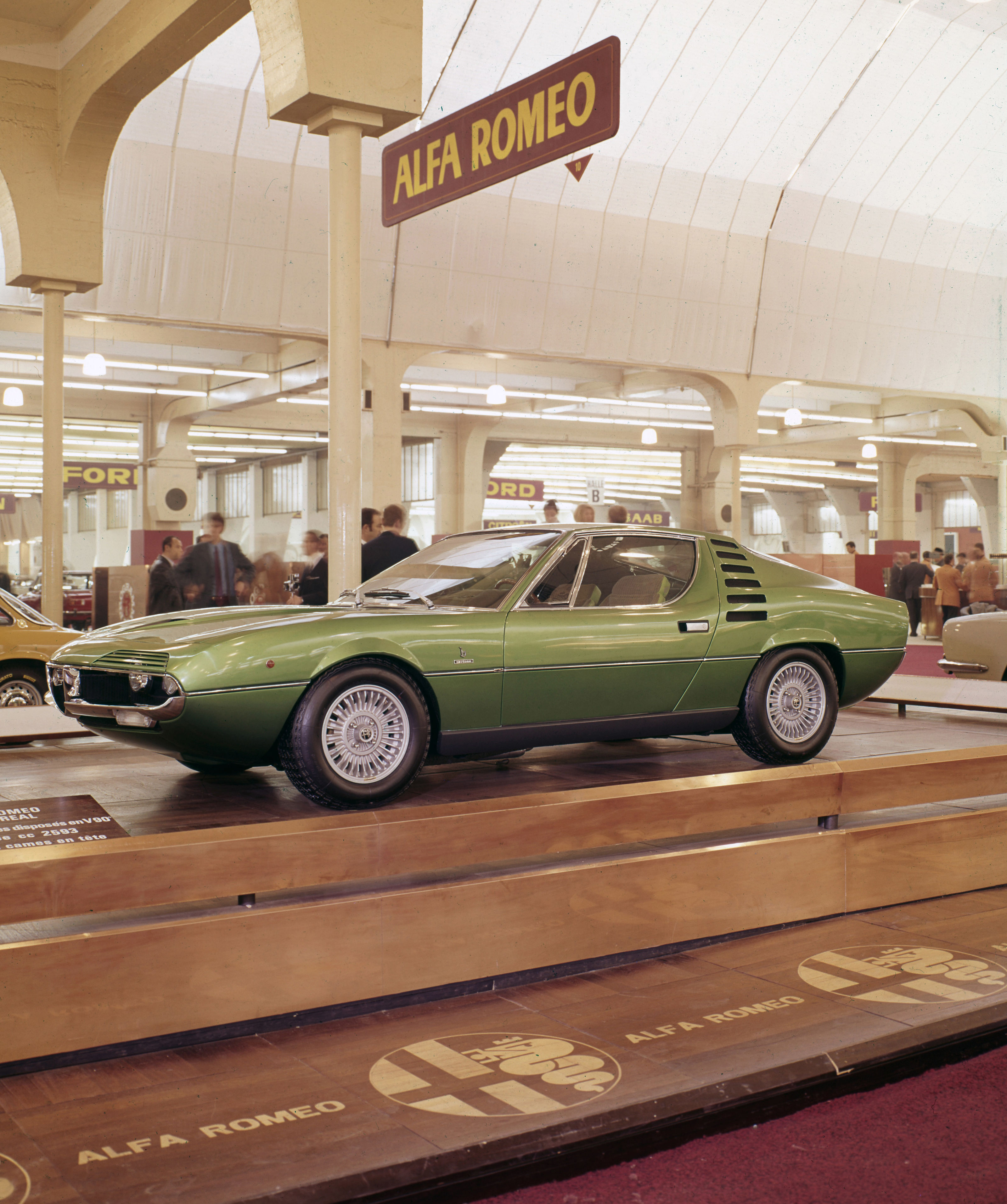
His Fiat X1/9, designed in 1972 for Bertone, was a miniature supercar, a mid-engined two-seater that was in production for 17 years. By distilling the low bonnet, pop-up headlights and wedgy form of his outlandish and expensive concepts and Lamborghinis into a mass-produced Fiat, Gandini gave idea of a mass-produced sports car a new lease of life.
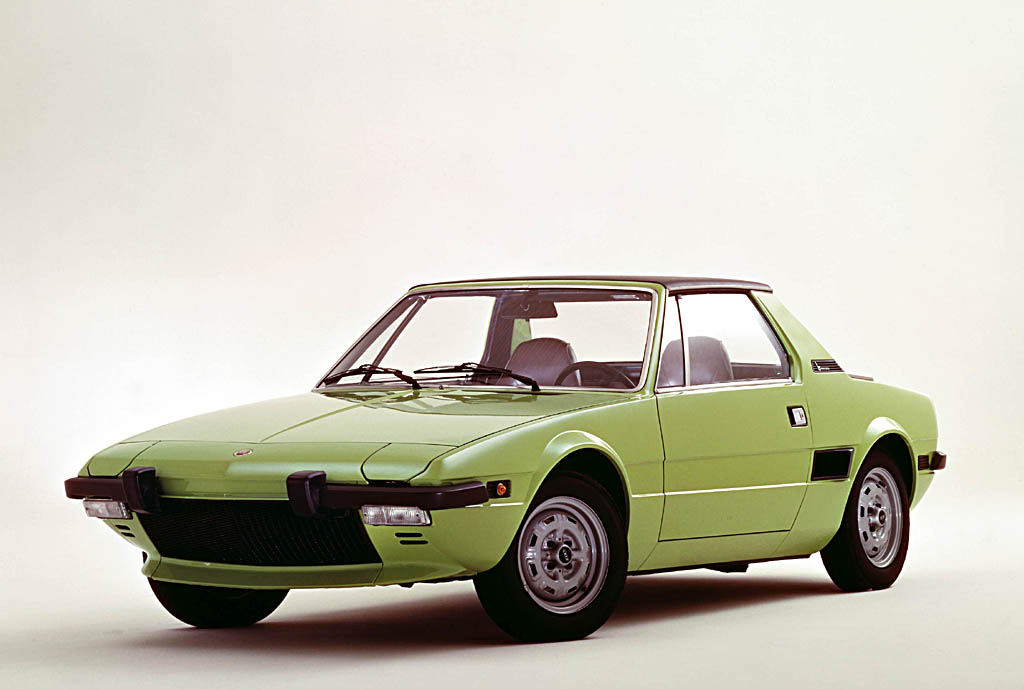
Like many Italian designers of his era, Gandini was prolific and flexible, turning his hand to interiors, architecture product design. He left Bertone in 1980 to become a freelance consultant, and it was a great personal sadness that the company’s private museum, with its unrivalled collection of concepts, was eventually broken up and dispersed amongst the global collecting community.
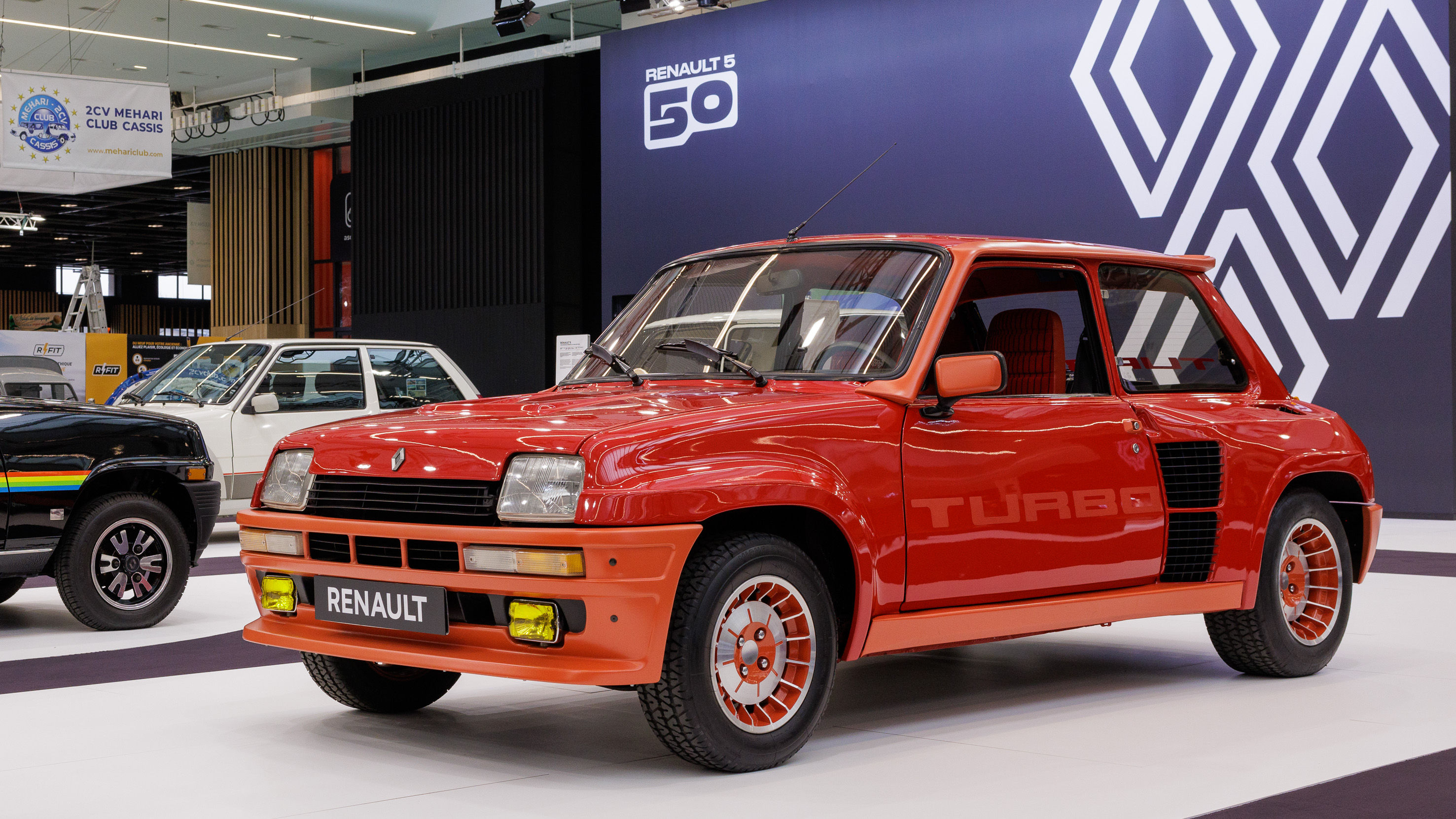
There was also controversy about Lamborghini’s decision to ‘remake’ the Countach in modern form, with 112 examples of the LPI 800-4 built in 2022. The elderly Gandini was apparently not consulted about the decision to build a car that hewed very closely to his original design. ‘It is clear that markets and marketing itself have changed a lot since then, but as far as I am concerned, to repeat a model of the past, represents in my opinion the negation of the founding principles of my DNA,’ he stated at the time.
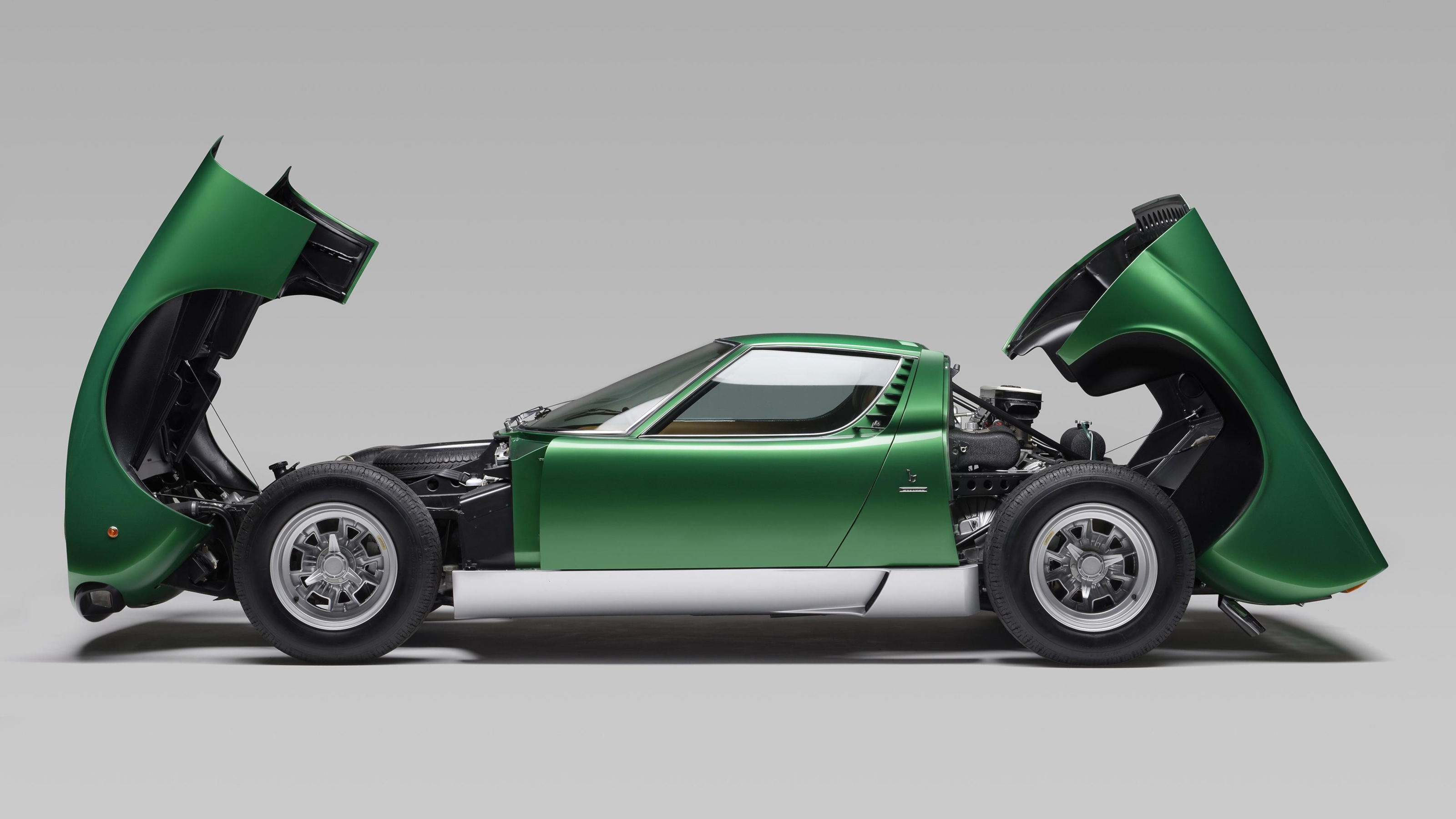
Marcello Gandini’s legacy is a portfolio of vehicles that demonstrate an unbroken evolutionary path and an unwavering commitment to form in the service of engineering.
